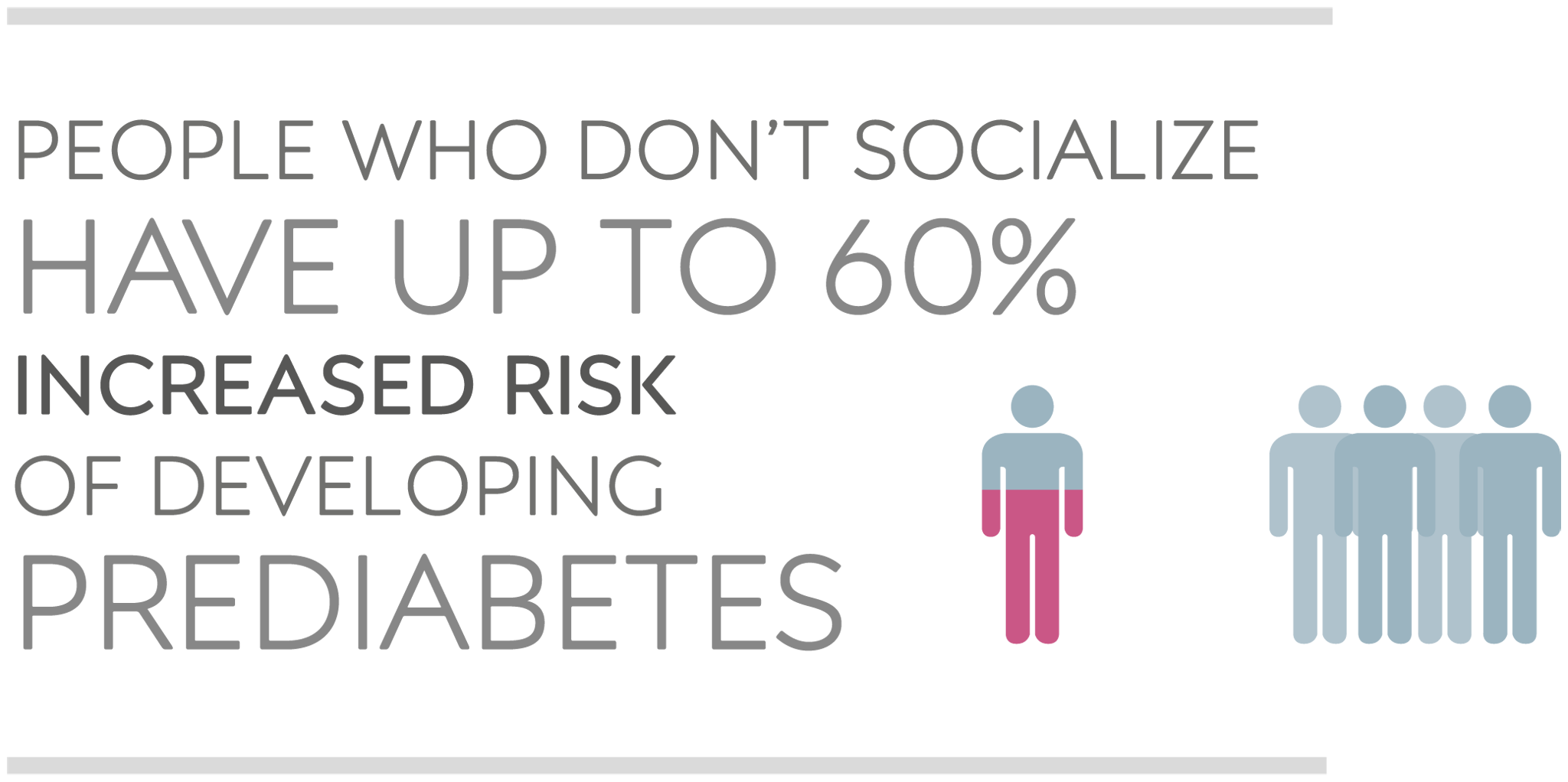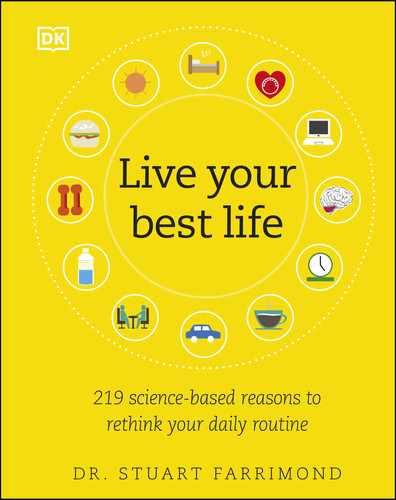Is Socializing Good for Me?
It’s natural to want to spend time with others—when socializing, the brain releases hormones that build bonds, and its neural networks are relaxed but sprightly.
Navigating the social norms of a large gathering requires a large, fast-working brain. We started to develop our oversized, socially aware brains about 2 million years ago, when we lost our fur and used the protein in our diet to build gray matter instead. This delivered an added bonus: our faces were more visible, revealing subtle facial movements and blushing. We could then more easily broadcast the richness of our emotions to the world, which helped us form bonds with one another and build successful, socially cooperative communities.
The brain pathways that ignite when we socialize are almost identical to the brain’s “wandering mode” network. As the room hums with conversation, a crowd of areas across the brain co-operate so as to immerse us in the lives of others. “Listening” and “watching” regions are at work, as well as hard-thinking sections, without which we would blurt out the first thing on our minds. Also alight are the reward areas that make talking feel good. Our social-thinking pathways crackle as they anticipate others’ thoughts, feelings, and actions, just like how we predict the path of a thrown ball.
This hubbub of gray-matter activity can make our health flourish. Meeting people and sharing good times releases a dual dose of the feel-good hormone dopamine as well as the attachment hormone oxytocin, helping you form bonds with your friends. Regular volleys of feel-good brain chemicals are often an antidote to anxiety, lowering stress hormone levels. Research shows that those who regularly interact with a circle of friends and family are happier and have better physical and mental health. Exercising empathy and caring, it seems, brings balance to emotions.
Conversely, a life of solitude can be unpleasant and even hurtful; the symptoms of rejection and isolation are so similar to physical pain that they can even be relieved with painkillers.


n Double-tap image to read the labels
party brain
Your brain buzzes with activity in company: the amygdala sparks emotional awareness; the empathy network and mirror neurons (see below) help you identify with others; and the mentalizing network helps you understand social interaction.
Spend a day with someone who has a strong regional accent and by the evening, you may find yourself speaking with a similar twang. We intuitively copy those around us, not to mock or out of a deep-seated insecurity, but because the brain is predisposed to make you mimic others.
